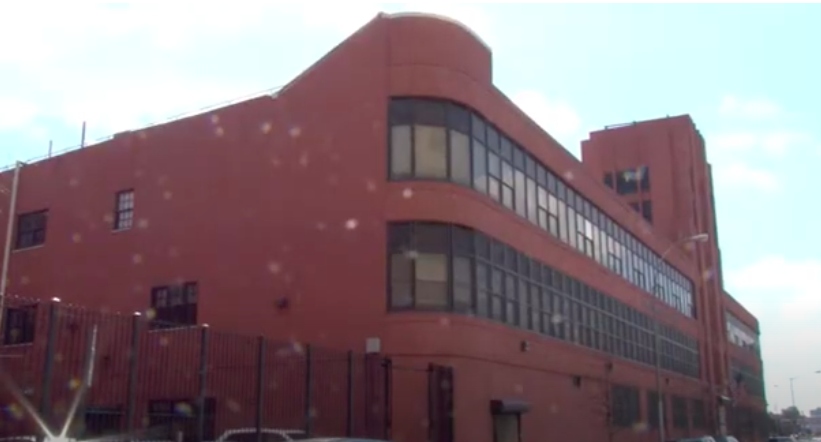Carts of unused Macbook Air computers and Chromebooks sit in a quiet classroom corner at a K-12 public school in Mott Haven while the teacher and students use pen and paper.
Despite a surge in digital equity programs coming to NYC, the connectivity problem at the Community School for Social Justice is its building infrastructure. The school has too few years left on its lease to justify the investment needed to bring it up to speed, according to the Department of Education.
The Community School for Social Justice, part of the NYC non-profit Outward Bound program, still has a maximum internet speed of 10 mbps or less. Ten years ago, that was the case with 75% of NYC schools while average rates in New York state in 2023 are 397.70 mbpts.
“I avoid using computers so it doesn’t interrupt the workflow,” said Kara Saunders, a 9th and 10th grade math teacher at the school. “I’m 100% paper-based. What scares me is I have students going to college next year or in two years. I want them to feel equipped to use software they are going to use in college.”
It’s ironic that Saunders finds herself there. She’s participating in a partnership between city schools and CUNY to train NYC teachers to employ more technology in their classrooms so their students are better equipped to compete in today’s digital world.
Betsy Kim teaches 12th grade English and Graphic Design, a class she offered to teach when she found out the Department of Education was going to pay for all New York public schools to utilize Adobe Suite for free.
“We can’t even open the creative cloud at all because the wifi is so slow – less than 10 megabytes per second,” Kim said. “It takes students 5-10 minutes to even log in to their Chromebooks.”
Matthew Connors, a retired English teacher, is the school’s technology director, overseeing all complaints and tickets submitted to the Department of Education. Since 2018, he’s been alerting DOE through upwards of 30 requests for Wifi connectivity repairs.
“If you had visited our school six years ago, we would have been the poster child for a cutting edge, dynamic school, bringing in all sorts of technology, a very talented teaching staff and administration,” said Connors. The tech failures began about five years ago.
Requests for Wifi improvements led to an infrastructure upgrade outside, but that failed to improve connectivity. DOE technicians concluded the problem was hardware inside the building, which is so old they estimated upgrades would cost $400,000 to $500,000.
DOE representatives told school officials that because the Community School for Social Justice is within the last three years of its lease, they are unable to spend agency money on a building that doesn’t have at least five years of lease time.
“We’ve been describing the problem for four to five years, and the whole time the clock was just running out our lease,” lamented Connors.
In fiscal year 2020, the City spent nearly $400 million on Department of Education leased space. The lease restriction involved in this case has raised anew questions about the equity between amounts spent on space for public vs. charter schools. A 2020 study by the nonprofit Class Size Matters found that public schools did not receive the same level of funding for physical improvements as charters co-located in their space.
Asked about the Wifi problems plaguing the Community School for Social Justice, the Department of Education gave the following statement:
“It’s critical that our young people have access to the tools they need in the classroom. This school is outfitted with working internet. The school recently made adjustments to the internet structure at the school to improve speed and our Division of Instructional and Information Technology team is working with this school to identify any additional modifications that can be made.”
“Background: We perform repairs/service all buildings regardless of when the equipment was installed or when a lease contract ends. To be eligible for an infrastructure upgrade, a leased building must have at least five to seven years remaining in a contract.”
So for now, instructors Saunders and Kim said, when they absolutely need connectivity in their classrooms, they turn on their smartphone hot spots … and cross their fingers.

